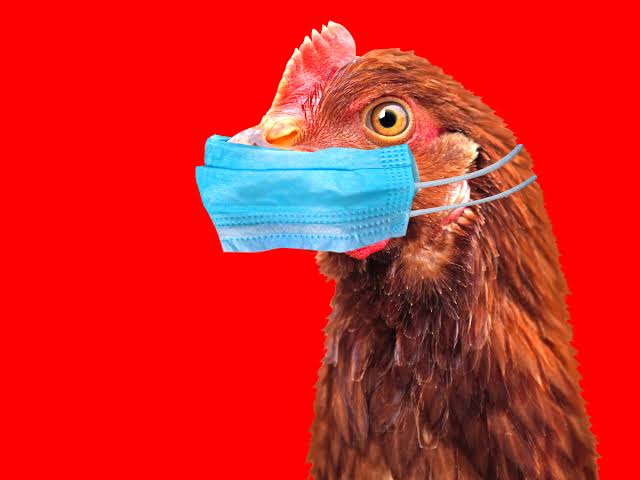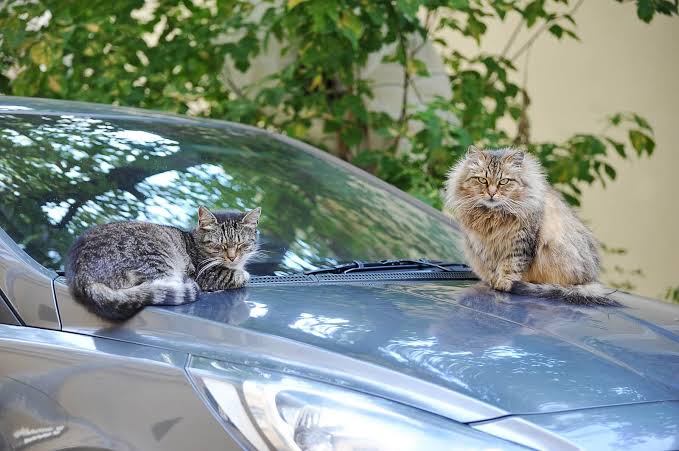Birds are prone to colds because of their sensitive respiratory systems. In smaller birds, a cold can swiftly worsen into a major health problem. A thorough treatment strategy and early symptom observation are crucial to your feathery companion’s speedy and complete recovery.
READ MORE: How To Trim Bird Nails
To keep your birds healthy and happy, this article explores the topic of bird colds. It also offers a tips on how to identify them, treatment choices, and preventative measures.
Reasons Why Birds Get Colds
The most common causes of bird colds are bacterial or viral infections, which are frequently made worse by environmental stressors. Among the most frequent causes are
Examples of Infections In Birds
The rhinotracheitis virus
The paramyxovirus
Example of Bacteria Infection In Birds
These includes:
Mycoplasma gallisepticum
Pasteurella multocida
Escherichia coli
Example Of Environmental Factors
These environmental factors include:
Drafts and sudden temperature changes
Poor ventilation
High humidity or dryness
Stress (from overcrowding, poor hygiene, or changes in routine)
Nutritional deficiencies
It is important to note that a cold can weaken a bird’s immune system, making them more susceptible to secondary infections. Therefore, prompt treatment is essential.
Symptoms of Cold In Birds
To stop a mild cold from turning into a more serious respiratory illness, early detection is essential. Keep an eye out for your bird’s following symptoms:
Nasal discharge: This is the release of mucus from the nostrils that can be clear, watery, or thick. Frequently occurring coughing or sneezing sounds.
Breathing difficulties: This may include wheezing, open-mouth breathing, and tail bobbing, which is a rhythmic movement of the tail with each breath.
Watery or Swollen Eyes: Eyes that are red, swollen, or discharged.
Depression: This may often be as a result of ruffled feathers, decreased hunger, and decreased activity level.
Vocalisation changes or loss of voice: This may be come in form of harsh or muffled sounds.
Changes in Droppings: Watery or discolored droppings.
Swelling of the Sinuses: Noticeable swelling around the eyes or beak.
If you observe any of these symptoms, it’s crucial to act quickly.
Process Of Treating Colds in Birds
Once you’ve identified a cold in your bird, follow these steps to provide appropriate care:
Step 1: Isolate The Affected Birds:
As soon as possible, keep the ill bird away from the other birds in your home. This will stop the virus from spreading. The solitary bird should be kept in a warm, well-ventilated, and peaceful location. Make sure the isolation cage is comfy and sanitary.
Step 2: Establish a Humid and Warm Environment
For little birds, keep the temperature at a steady 80–85°F (26–29°C). A ceramic heat emitter or a heat lamp can be used to accomplish this. Raise the humidity to facilitate easier breathing and mucus release. A humidifier can be positioned close to the cage to achieve this. Another option is to run a hot shower and briefly leave the bird’s cage in the bathroom (only make sure it doesn’t come into contact with steam).
Step 3: Offer Helpful Support
Giving clean, fresh water often is a good idea. To assist replace lost fluids, you can add electrolytes to the water. Additionally, provide your bird’s favourite items to encourage them to eat.
You might have to hand-feed them a nutrient-rich formula if they aren’t eating. Reduce handling and stress as much as possible to give your bird time to rest and heal. To avoid subsequent infections, keep the cage environment clean as well.
Step 4: Speak With a Bird Vet
A bird veterinarian should be consulted as soon as feasible. They are able to correctly identify the cold’s source. They will prescribe the right drugs, including antiviral drugs (sometimes) or antibiotics (for bacterial infections).
During this period, ensure to provide supportive care and guidance. Do not rule out other more serious illnesses. Additionally, do not attempt to self medicate your bird with human medications.
Step 5: Administer Medications as Prescribed
Pay close attention to your veterinarian’s instructions if they prescribe medicine. Give prescriptions as prescribed, making that the dosage and frequency are correct. Keep an eye out for any negative drug reactions in your bird.





One thought on “Treating Colds in Birds”